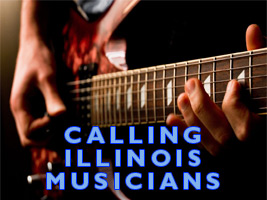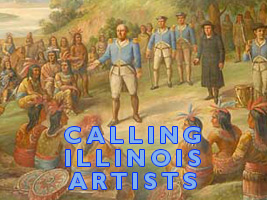- Details
 Did you know? Chicago’s Lincoln Park Zoo is the oldest public zoo in nation.
Did you know? Chicago’s Lincoln Park Zoo is the oldest public zoo in nation.
The zoo was established in 1868 when the Central Park’s Board of Commissioners in New York City gifted two pairs of swans to the Lincoln Park Commissioners.
The zoo is home to more than 1,000 mammals, reptiles and amphibians, along with thousands of fish and insects. Many of the 200 species of animals found in the zoo collection are rare and endangered. Fortunately, there’s an entire department full of staff and researchers dedicated to the conservation and improvement of animal management.
There are 20 exhibits to visit, all of which combine naturalistic homes for the animals and awe-inspiring encounters with visitors. A notable exhibit is the state-of-the-art Regenstein Center for African Apes. The center offers 29,000 square feet of indoor and outdoor living space, 5,000 feet of artificial vines for climbing, and dozens of trees and bamboo stands.
- Details
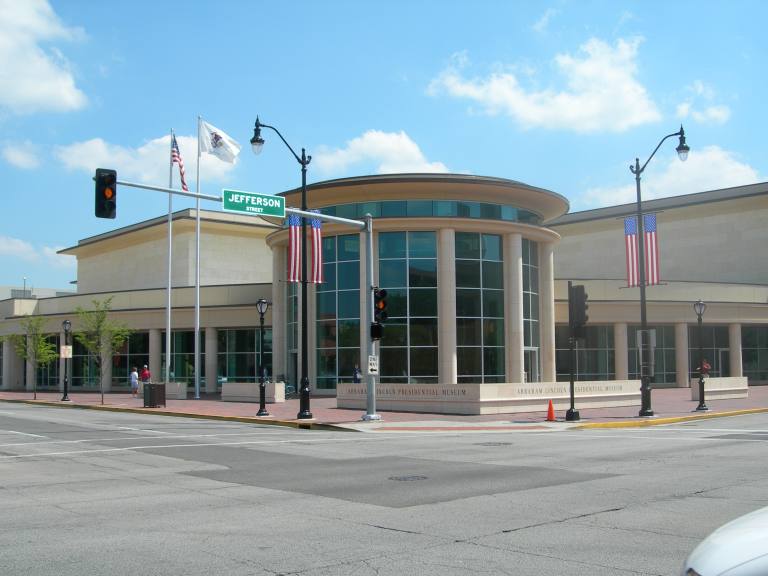 Did you know? May 18th is National Museum Day. Our State Museum is located in Springfield.
Did you know? May 18th is National Museum Day. Our State Museum is located in Springfield.
This Friday, several museums across the state are participating in National Museum Day by offering free admission and special event s. This is a great opportunity to explore the educational and cultural opportunities of our state.
To celebrate, we’ve highlighted our State museum, located in Springfield. It was founded in 1877 as a natural history museum, and was first housed in the State Capitol building.
- Details
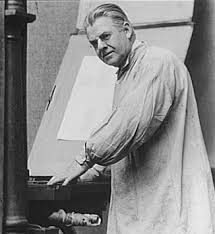 Frederic W. Goudy (1865-1947) was an American printer and typographer from Bloomington who designed more than 100 typefaces.
Frederic W. Goudy (1865-1947) was an American printer and typographer from Bloomington who designed more than 100 typefaces.
Goudy was a bookkeeper and a self-taught printer and typographer. He designed numerous fonts inspired by blackletter medieval manuscripts, illuminated manuscripts, and Roman square capitals carved into stone. His taste matched the trends of the time period, and his mechanical, geometric fonts proved to have long-lasting appeal, becoming especially popular for use in the body text of books.
- Details
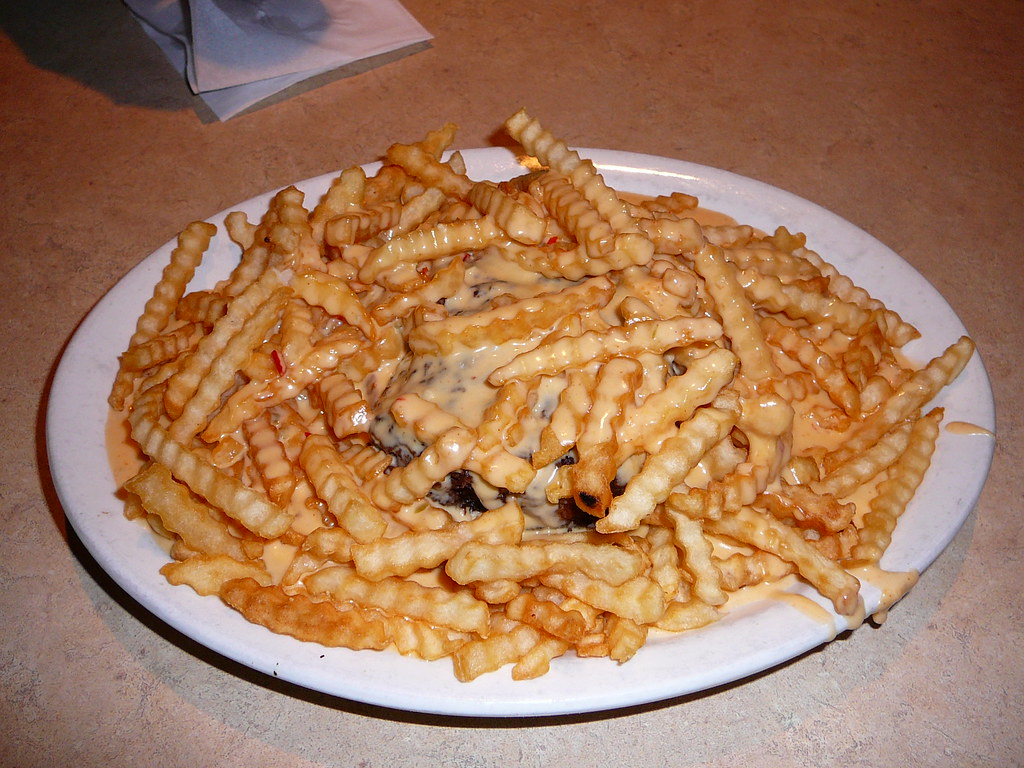 Did you know? The horseshoe sandwich was invented in Springfield Illinois by Joe Schweska in the 1920’s.
Did you know? The horseshoe sandwich was invented in Springfield Illinois by Joe Schweska in the 1920’s.
Joe came up with the idea for the horseshoe with the help of his wife Elizabeth Schweska. It was first served at the Leland Hotel (now the Illinois Commerce Commission). The Leland Hotel was the leading hotel of Springfield for its time, hosting travelers, party-goers, celebrities and politicians.
- Details
 Did You Know? Julia Clifford Lathrop, an American social welfare worker, was the first woman to ever head a United States federal bureau.
Did You Know? Julia Clifford Lathrop, an American social welfare worker, was the first woman to ever head a United States federal bureau.
Lathrop was born on June 29, 1858 in Rockford, Illinois. Her father was a lawyer and friend of former president Abraham Lincoln. He served in the state legislature (1856–57) and Congress (1877–79). Her mother was active in women's rights activities in Rockford and was a graduate of the first class of Rockford Female Seminary, where Julia would later attend.
More Articles …
- Did you know? Former Governor Jim Edgar passed a resolution making Illinois the “Chilli Capital of the civilized world.”
- Did you know? The world’s only drive-through post office is located in downtown Chicago
- Did you know? Golden-Age film star, producer and fashion icon Gloria Swanson was a Chicago native.
- Did you know? Walt Disney was from the Hermosa neighborhood of Chicago Illinois
- Honoring Father Augustus Tolton, the first African American priest in the U.S.




